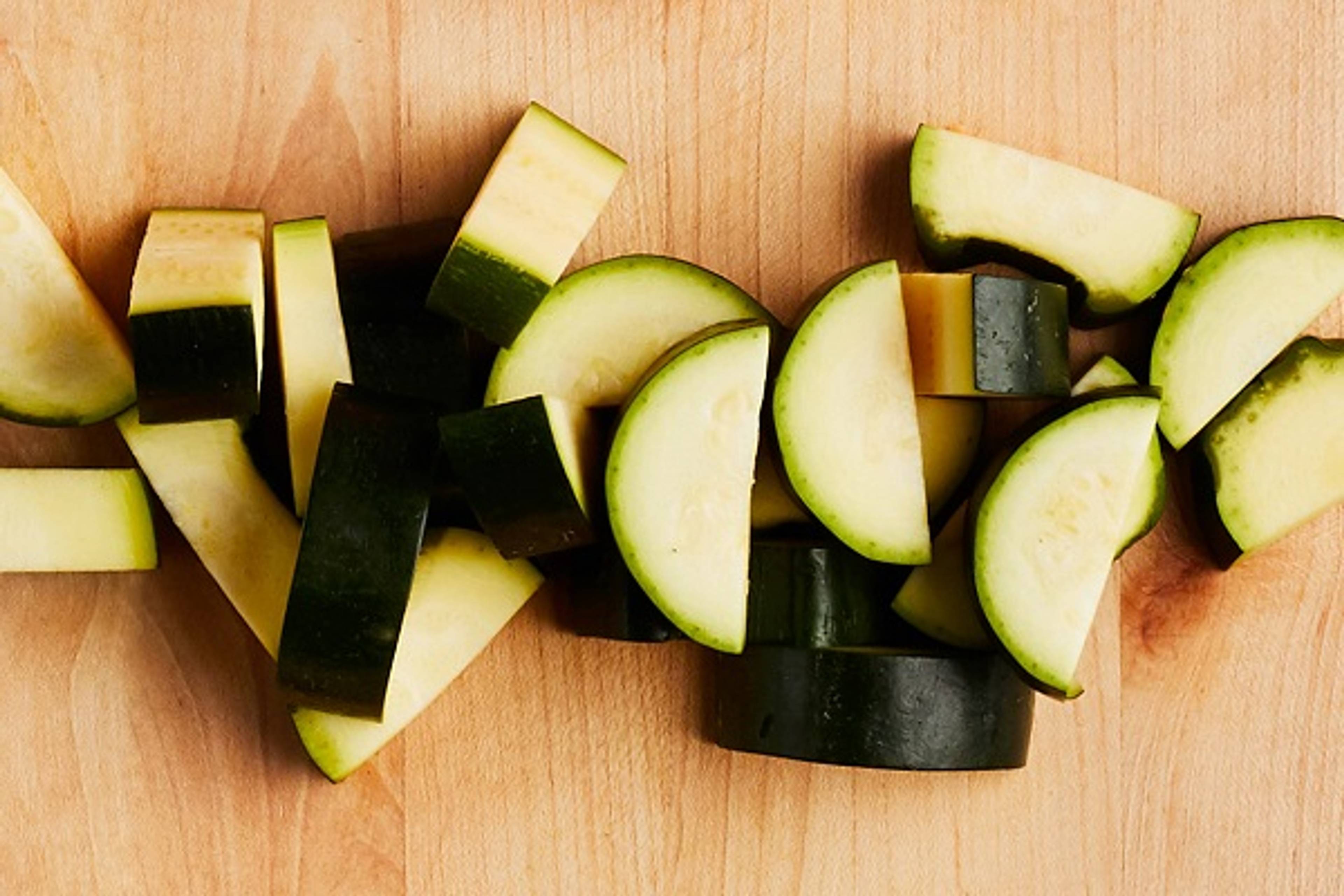Important Knife Skills in the Kitchen
Kitchen Knife Skills 101
Unless you’ve done time in a four-star restaurant kitchen (or obsessively watched Julie & Julia), terms like julienne and chiffonade may sound like Greek to you. That’s OK. Even recipe writers sometimes avoid these words in favor of descriptions, such as “cut into long, thin strips,” because they can sound fussy and complicated. But knowing your knife skills has its perks. Cutting straight to the chase, here are the seven most cited cutting techniques—and in some cases their code names—and what to use each one for.

How to Julienne

How to Batonnet

How to Chiffonade

How to Chop

How to Dice

How to Brunoise
